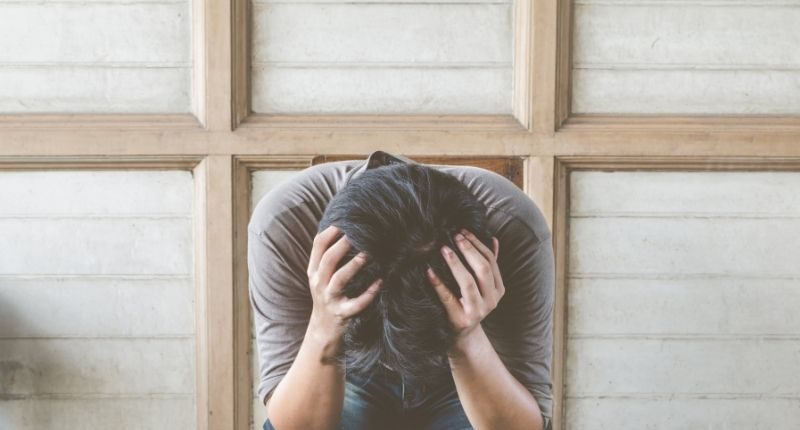
- More than two thirds of tenants report rental stress
- Ongoing lockdowns are likely to worsen the situation
- Rental stress higher among women
Rental stress among Australian tenants has skyrocketed in the first half of this year.
A recent survey conducted by ME Bank found that those reporting rental stress has increased to two-thirds (68%) of renters. Typically, ‘rental stress’ is considered to be when rental payments account for more than 30% of household disposable income.
The average tenant in Australia spends 41% of their income on rent. This increased 8% over the six months to June.
ME Bank predicts a worsening of rental stress as lockdowns continue.
Those most at risk are couples with young children, single parents and retirees. These groups report higher levels of rental stress.
Women are more likely to experience rental stress. 75% of female respondents reported rental stress compared to 60% of males.
Jeff Oughton, a consulting economist at ME Bank attributes rising rental stress to a combination of factors.
“Rental markets have tightened markedly across the majority of Australia and rents have risen significantly due to falling vacancies,” he said.
“Renters are now facing some of the biggest rent hikes we’ve since the global financial crisis.”
Jeff Oughton, consulting economist, ME Bank
CoreLogic data revealed that the median rent for houses and units had increased 6.6% to $476 in the year to June.
“While wage gains, on average, have picked up slightly from the historical lows recorded at the onset of the pandemic, government income support has gradually unwound, and rental moratoriums have ended,” added Mr Oughton.
“We may see more renters facing hardship as lockdowns continue, particularly among low-income, low-saving households reliant on government support.”
In the current housing climate, rental stress exceeds mortgage stress. Less than half (42%) of mortgagees report paying more than 30% of their household disposable incomes on mortgage repayments.
This can be linked to ultra-low interest rates, federal options for loan payments and a recovery in economic activity.
As reported by The Property Tribune last month, a CoreLogic analysis found that servicing a mortgage was in fact cheaper than paying rent for 36.3% of Australian properties. This has jumped 2.4% since the pre-COVID proportion recorder in February 2020.







